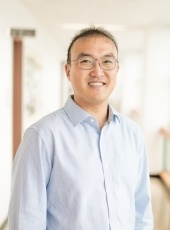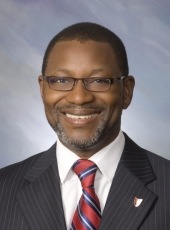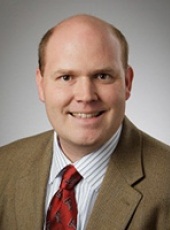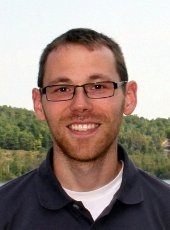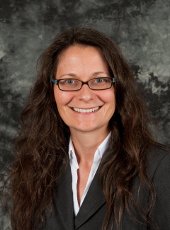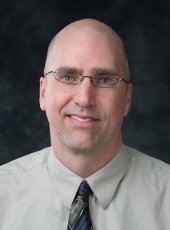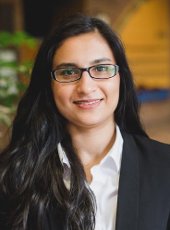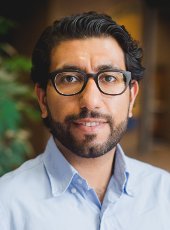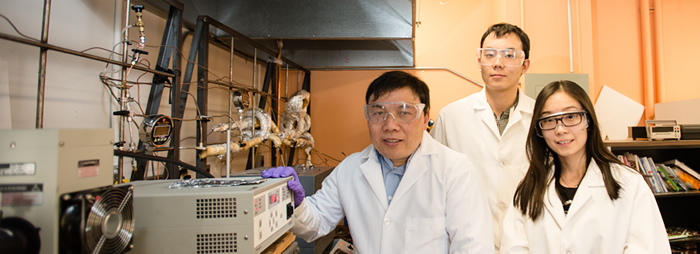
At the Research Development Day held Jan. 11, 2018, the following individuals were recognized for their research contributions in calendar year 2017.
College of Engineering
Top research expenditures: Jeff Naber (ME-EM), Greg Odegard (ME-EM), Paul Sanders (MSE)
Related:
NASA Taps Tech Professor to Lead $15 Million Space Technology Research Institute
Chemical Engineering
Lei Pan received his first external funding as a principal investigator at Michigan Tech.
Civil and Environmental Engineering
Hui Yao (formerly CEE) received his first external funding as a principal investigator at Michigan Tech.
David Watkins received an award of more than $1 million.
Related:
Household Sustainability: Consuming Food, Energy, Water
Electrical and Computer Engineering
Jeremy Bos, Lucia Gauchia, and Tony Pinar each received their first external funding as a principal investigator at Michigan Tech.
Geological and Mining Engineering and Sciences
Snehamoy Chatterjee, James DeGraff, Mark Kulie, and Matthew Portfleet each received their first external funding as a principal investigator at Michigan Tech.
Materials Science and Engineering
2017 Michigan Tech Research Award: Yun Hang Hu
Bhakta Rath Research Award: Yun Hang Hu and Wei Wei
Joe Licavoli received his first external funding as a principal investigator at Michigan Tech.
Related:
Yun Hang Hu Wins Both Research Award and Bhakta Rath Award
Mechanical Engineering-Engineering Mechanics
Parisa Abadi, Chunpei Cai, Hassan Masoud, and Ye Sun each received their first external funding as a principal investigator at Michigan Tech.
Jeff Naber and Greg Odegard each received awards of more than $1 million.

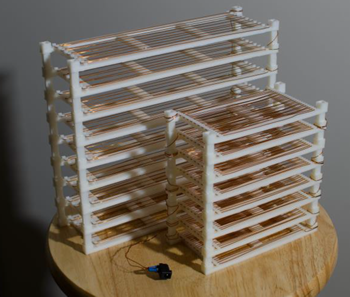

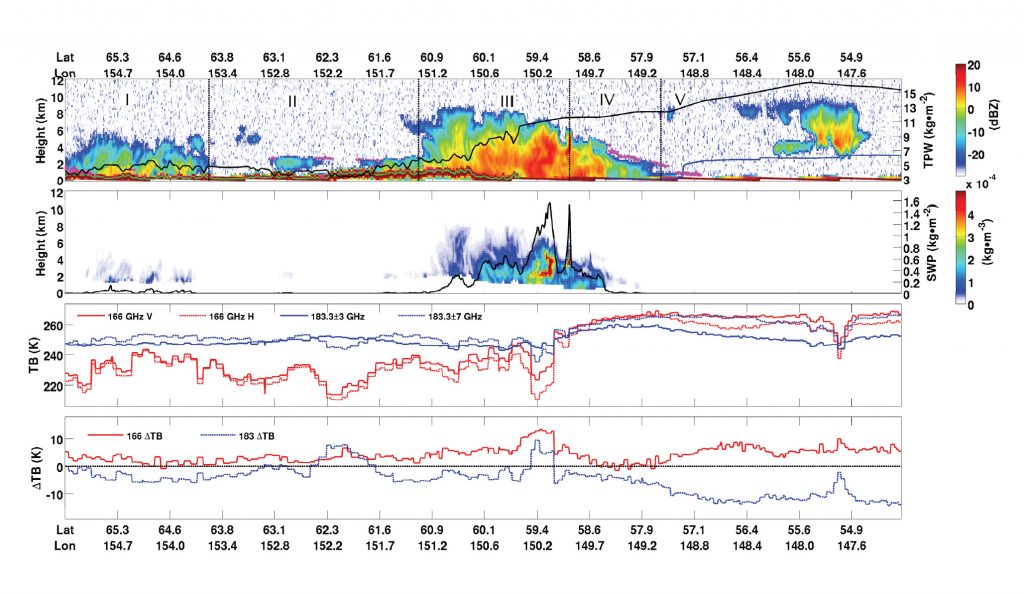
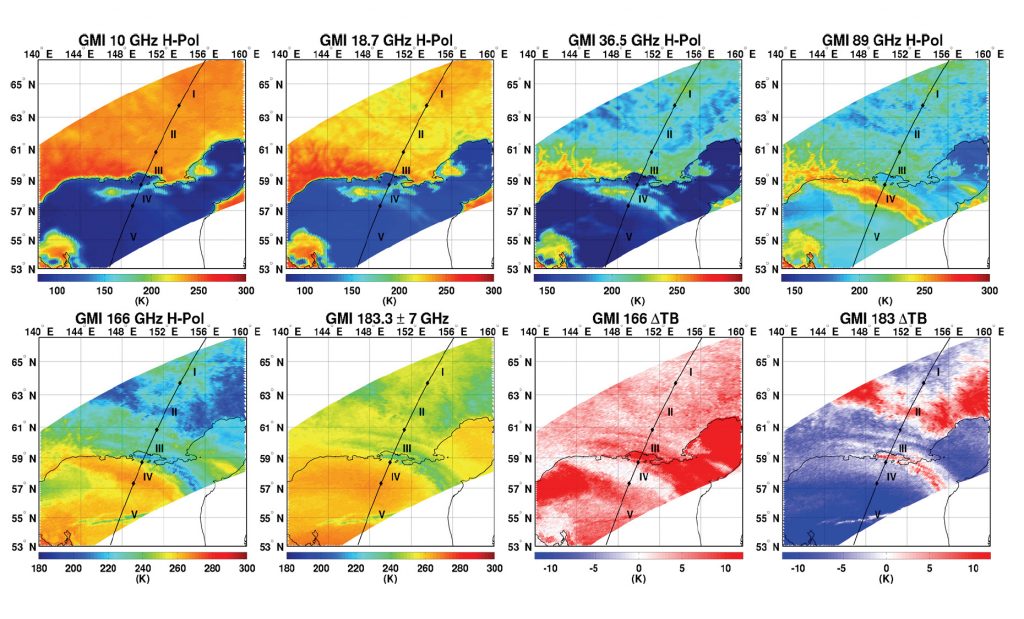
 The Fifth Annual Rekhi Innovation Challenge kicked off on Friday Nov. 10, 2017. Three Enterprise teams are competing for funding this year: Blue Marble Security, BoardSport Technologies and Velovations. The Rekhi Challenge is a crowdfunding competition to help promote and support student innovation and entrepreneurship through Michigan Tech’s crowdfunding site, Superior Ideas. The team that raises the most money will receive a monetary match of up to $5,000.
The Fifth Annual Rekhi Innovation Challenge kicked off on Friday Nov. 10, 2017. Three Enterprise teams are competing for funding this year: Blue Marble Security, BoardSport Technologies and Velovations. The Rekhi Challenge is a crowdfunding competition to help promote and support student innovation and entrepreneurship through Michigan Tech’s crowdfunding site, Superior Ideas. The team that raises the most money will receive a monetary match of up to $5,000.
